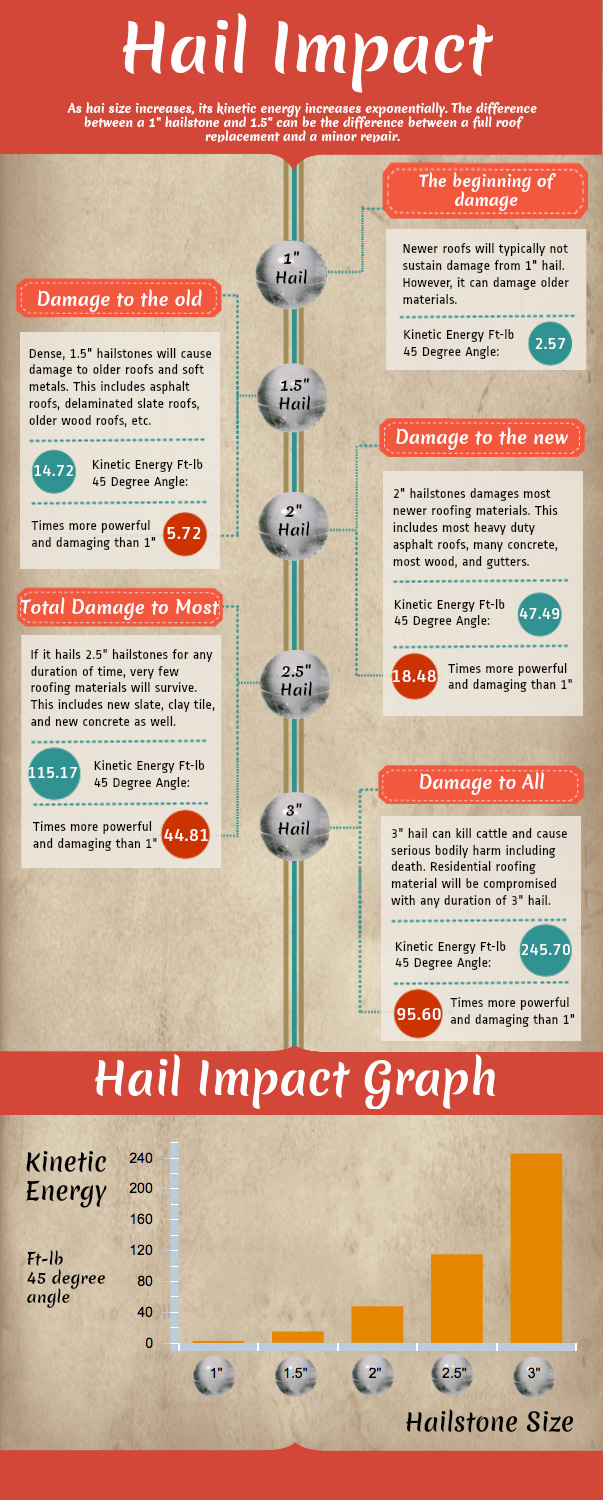Disregarding Roof Air Flow Can Result In Expensive Damages; Learn The Key Elements That Assure An Effective Setup And Safeguard Your Investment
Disregarding Roof Air Flow Can Result In Expensive Damages; Learn The Key Elements That Assure An Effective Setup And Safeguard Your Investment
Blog Article
Post Developed By-Kock Walls
When you're taking on a roofing job, you could not believe much about roof covering air flow, yet it's more critical than you realize. Efficient air flow assists regulate temperature and moisture in your attic room, protecting against issues like mold and mildew and architectural damages. By comprehending how to make and mount a balanced ventilation system, you can boost energy efficiency and extend the life expectancy of your roof materials. So, what are the key variables to think about throughout installment that can make all the difference?
Value of Roof Air Flow
Roof covering ventilation plays a critical duty in maintaining the general wellness of your home. By allowing fresh air to flow via your attic room, it helps control temperature level and dampness levels. This balance is necessary to stop heat build-up throughout warm months, which can bring about enhanced power costs as your cooling burns the midnight oil.
Furthermore, appropriate ventilation dramatically decreases the danger of moisture-related problems like mold and mildew. If humidity degrees rise, your home's architectural stability can be endangered, leading to expensive fixings. You wouldn't intend to take care of decomposing timber or distorted roofing products, right?
Additionally, sufficient air flow prolongs the lifespan of your roof. When warmth and moisture are kept in check, your roofing system can execute efficiently, stopping early damage. This suggests fewer frustrations and expenditures down the line.
How Roof Covering Air Flow Works
Effective roof covering ventilation relies upon the natural activity of air to produce an equilibrium between consumption and exhaust. When you set up vents, you're basically enabling fresh air to enter your attic while allowing warm, stagnant air to escape. This process aids manage temperature and moisture degrees, avoiding problems like mold development and roofing damage.
Intake vents, normally located at the eaves, attract amazing air from outdoors. At the same time, exhaust vents, located near the ridge of the roof covering, allow hot air rise and exit. The distinction in temperature level develops an all-natural air flow, called the pile impact. As cozy air surges, it creates a vacuum cleaner that pulls in cooler air from the reduced vents.
To maximize this system, you require to guarantee that the intake and exhaust vents are effectively sized and positioned. If the consumption is limited, you will not achieve the preferred air flow.
Similarly, not enough exhaust can trap warm and wetness, resulting in prospective damage.
Secret Setup Considerations
When installing roofing system ventilation, a number of crucial considerations can make or break your system's effectiveness. Initially, you need to analyze your roofing system's layout. The pitch, shape, and materials all influence air flow and ventilation option. See to it to pick vents that suit your roof covering kind and regional climate problems.
Next, think about the positioning of your vents. Ideally, you'll want a well balanced system with consumption and exhaust vents positioned for optimum airflow. Location consumption vents low on the roof and exhaust vents near the optimal to urge a natural circulation of air. https://www.yankodesign.com/2021/04/12/the-winning-design-of-volvos-new-garage-challenge-features-a-green-curved-roof-and-integrated-solar-panels/ helps avoid wetness build-up and promotes power efficiency.
Don't forget about insulation. Proper insulation in your attic room avoids warm from escaping and keeps your home comfortable. Make certain that insulation doesn't block your vents, as this can impede airflow.
Lastly, think of upkeep. Choose ventilation systems that are simple to accessibility for cleansing and inspection. Regular upkeep guarantees your system continues to function successfully in time.
Verdict
In conclusion, roofing system ventilation is important for a successful setup. By making sure proper airflow, you can avoid warmth buildup and wetness issues that result in expensive damages. When you tactically setting intake and exhaust vents, you boost energy performance and extend the life expectancy of your roofing system. Remember, https://francisconjdys.blog-eye.com/33356819/typical-errors-in-roofing-setup-and-how-to-prevent-them -ventilated roofing not just secures your financial investment yet also enhances your indoor air top quality. So, prioritize ventilation to make sure a resilient and cost-effective roof for your home.
